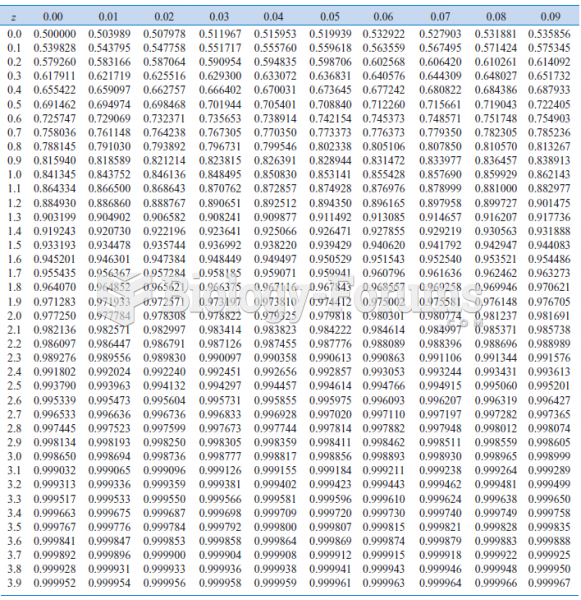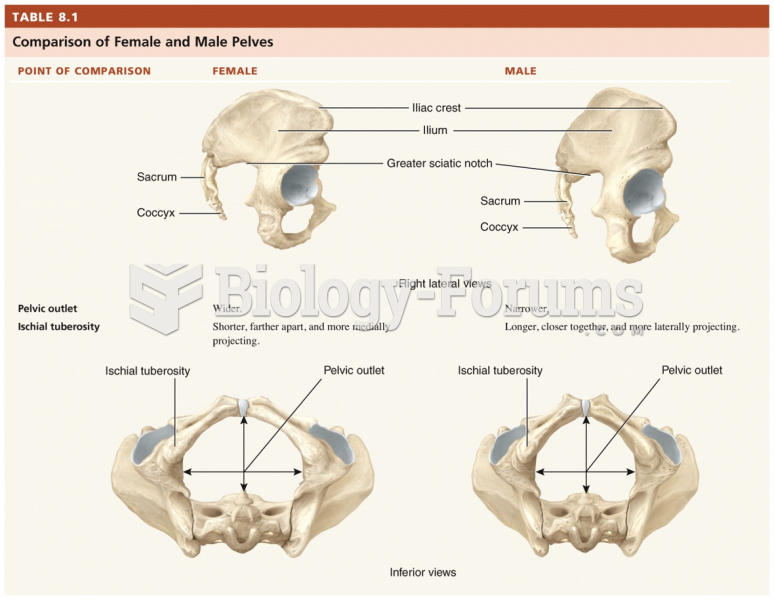Answer to Question 1
1. Because production volume variance is unfavorable, the budgeted fixed manufacturing overhead must be larger than the fixed manufacturing overhead allocated.
Production - volumevariance = Budgeted fixedmanufacturing overhead Fixed manufacturingoverhe ad allocated
405,000 = 1,350,000 Allocated
Allocated = 945,000, which is 70 of 1,350,000
If 70 percent of the budgeted fixed costs were allocated, the plant must have been operating at 70 percent of denominator level in 2014.
2. The problem provides the beginning and ending inventory balances under both variable and absorption costing. Under variable costing, all fixed costs are written off as period costs, i.e., they are not inventoried. Under absorption costing, inventories include variable and fixed costs. Therefore the difference between inventory under absorption costing and inventory under variable costing is the amount of fixed costs included in the inventory.
Fixed Manuf.
Absorption Variable Overhead
Costing Costing in Inventory
Inventories:
December 31, 2013 1,730,000 1,345,000 385,000
December 31, 2014 215,000 45,000 170,000
3. Note that the answer to (3) is independent of (1). The difference in operating income of 215,000 (1,610,000 1,395,000) is explained by the release of 215,000 of fixed manufacturing costs when the inventories were decreased during 2014:
Fixed Manuf.
Absorption Variable Overhead
Costing Costing in Inventory
Inventories:
December 31, 2013 1,730,000 1,345,000 385,000
December 31, 2014 215,000 45,000 170,000
Release of fixed manuf. costs 215,000
The above schedule in this requirement is a formal presentation of the equation:
Absorptingcostingop eratingincome Variablecostingoper atingincome = Fixedmanuf. costs inendinginventory Fixedmanuf. costs inbeginninginventor y
(1,395,000 1,610,000) = (170,000 385,000)
215,000 = 215,000
4. Under absorption costing, operating income is a function of both sales and production (i.e., change in inventory levels). During 2014, Gammaro experienced a severe decline in inventory levels: sales were probably higher than anticipated, production was probably lower than planned (at 70 percent of denominator level), resulting in much of the 2014 beginning inventory passing through cost of goods sold in 2014. This means that under absorption costing, large amounts of inventoried fixed costs have flowed through 2014 cost of goods sold, resulting in a smaller operating income than in 2013, despite an increase in sales volume.
Answer to Question 2
T







